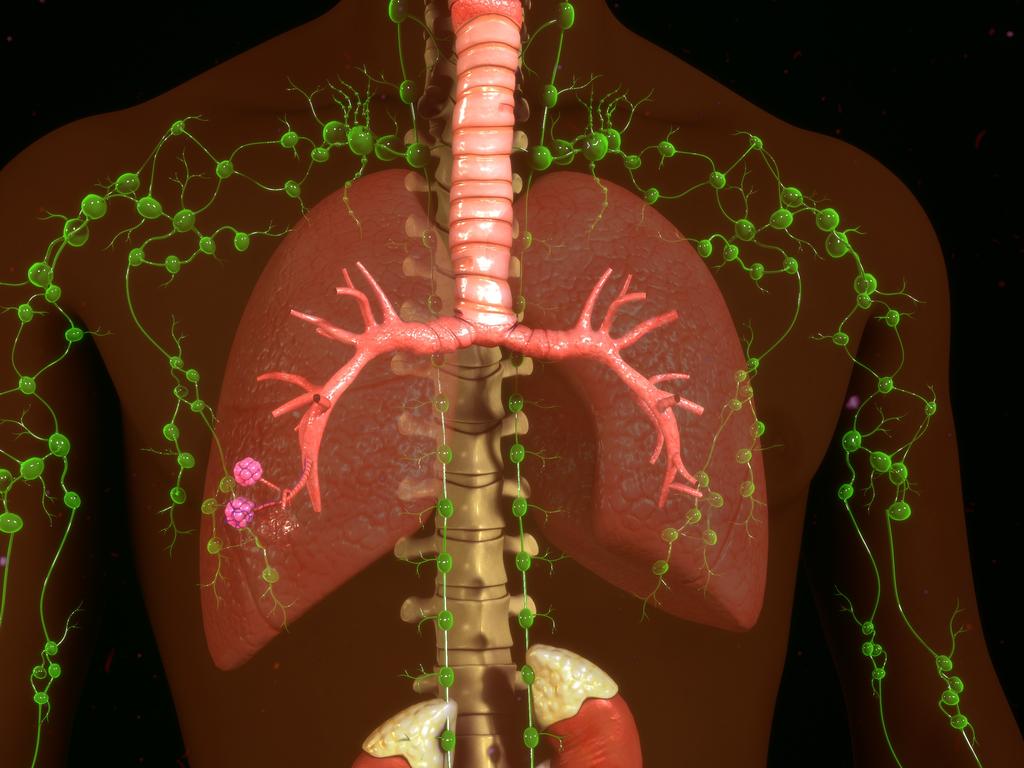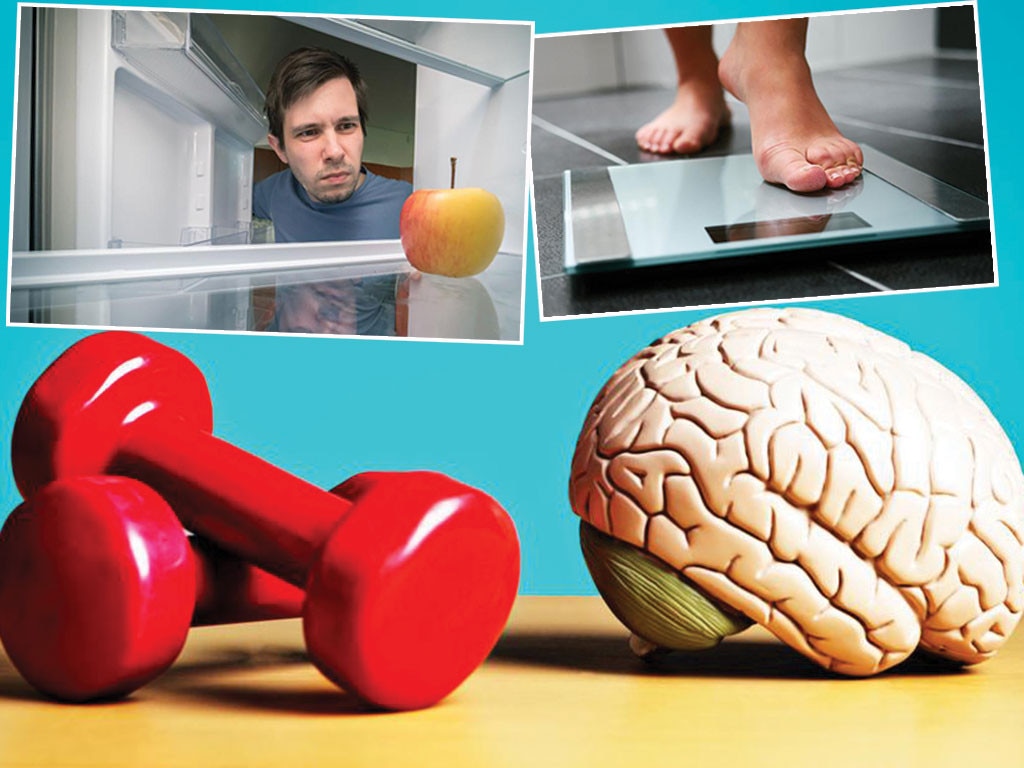Pick up the pace: why walking fast is the key to a longer life
It’s the ultimate midlife exercise. Studies show that brisk walks burn fat and have a dramatic anti-ageing effect

Could a daily walk be even better for our health than we thought? Scientists have discovered some remarkable benefits – several new studies show that walking not only blasts fat, but also boosts longevity and has a dramatic anti-ageing effect on the body.
In the latest of these revelations, due to be published in the journal Communications Biology in the next few weeks, Thomas Yates, a professor in physical activity, sedentary behaviour and health at the University of Leicester, alongside colleagues investigating the health benefits of daily walking, showed that walkers who adopt a quick pace can have a biological age 15 years younger than those who take their time.
Yates and his team at the National Institute for Health Research Leicester Biomedical Research Centre looked at the length of telomeres, the protective structures at the end of chromosomes, in 405,981 middle-aged adults in Britain. As we grow older, our telomeres shorten – a process compounded by poor diet, smoking, drinking and inactivity – which results in accelerated cell ageing.

“The more these telomeres shrink, the more likely things are to go wrong with our health,” Yates says. “If we can keep them lengthy for as long as possible it acts as a buffer against ageing.”
He wanted to find out if brisk walking had any impact on preserving telomere length.
“We looked at whether it was the longer telomeres that enabled people to walk quicker or whether quick walking was the reason their telomeres retained length,” Yates says. “What we found was a causal association, meaning the quick walking pace led to people having a quite significantly younger biological age.”
Their findings follow a review and analysis of 15 studies on walking involving almost 50,000 people that was published this week. Amanda Paluch, a physical activity epidemiologist at the University of Massachusetts Amherst, and a team of American academics confirmed that daily walking improves health and longevity.
But they also discovered that more daily steps are better only up to a point and suggested that the commonly held view that we need to take 10,000 daily steps is out of date. For adults under 60, Paluch showed a daily total of 8000-10,000 steps was optimal for reducing risk of early death while 6000-8000 steps was sufficient for the over-60s to reap the same benefits. “We saw this incremental reduction in risk as steps increase, until it levels off,” she says. “And the levelling occurred at different step values for older versus younger adults.”
It’s not just the body that benefits. Walking has also recently been shown to amplify the blood flow to the brain and in one of the largest studies to examine the link between fitness levels and Alzheimer’s risk, researchers revealed last month that 20 minutes of brisk walking most days from middle age onwards is enough to boost fitness to a level that will lower the risk of dementia.
Neurologists at Washington Veteran Affairs Medical Centre in Washington DC followed 649,605 army veterans with an average age of 61 for nine years, measuring fitness levels by how well participants performed in a treadmill test. Their findings, presented at the American Academy of Neurology’s annual conference, showed that the fittest participants were 33 per cent less likely to develop Alzheimer’s disease than those in the least fit group.
You don’t need to take up high-intensity interval training or triathlons. Professor Edward Zamrini, a consultant in cognitive neurology and the study’s co-author, says the highest level of fitness required for this protective effect can be achieved by walking briskly for 2½ hours or more per week. “The idea that you can reduce your risk for Alzheimer’s disease by simply increasing your activity is very promising, especially since there are no adequate treatments to prevent or stop the progression of the disease,” he says.
Even in people with some existing age-related memory impairment, walking can work wonders for improving the power of recall, as a year-long study in the Journal of Alzheimer’s Disease showed. “Walking is by far the best medicine we have for a healthy life,” Yates says. “And despite the boom in trendy workouts, it remains the single most important thing we can do to stay in all-round good shape.”

Just 500 extra steps a day can boost your health
Daily step counts are useful and can be motivational for some people, but are not targets set in stone, Yates says.
“If you are someone who is very sedentary, then increasing your daily walking by 500 steps or just aiming for five minutes of continuous walking would be enough to provide a reasonable health boost,” he says. “And 2,000 steps is a starting point in the prevention of type 2 diabetes.”
Beyond that, he says, recent studies, including Paluch’s, have confirmed that the “dose response” for health improvements from walking seem to “tail off at about 7000 steps per day for older adults or 10,000 for younger people”.
Last year a study of 2110 adults found that accumulating at least 7000 daily steps from the age of 40 resulted in a 50 per cent lower risk of premature death. However, the study also found that people taking more than 10,000 steps a day rarely outlived those taking at least 7000.
“This doesn’t mean it’s unhealthy to take more than 10,000 steps or that doing so won’t improve your fitness,” Yates says. “It just shows that more daily steps won’t necessarily lead to a longer life.”
Walk faster
In Paluch’s US study the pace at which people walked didn’t seem to matter, but Yates says others have shown that the quicker you move your feet, the better. In previous research he and his team have shown that, compared with slow walkers, fast walkers tend to live an average 20 years longer and that brisk walkers are at a lower risk of heart disease and other health problems.
“Fast walkers who are overweight or obese have a longer life expectancy than slow walkers who have a normal body weight,” Yates says. “There is a definite protective effect from picking up your pace.”
In one of these studies Yates showed that slow walkers were about twice as likely to have a heart-related death as brisk walkers.
“This finding was seen in both men and women and was not explained by related risk factors such as smoking, body mass index, diet or how much television the participants watched,” he says.
“In other words, their habitual walking pace was an independent predictor of heart-related death.”

For optimum health aim for 100 steps per minute
There are a few ways to assess your pace, the most obvious being to use a fitness tracker that will alert you when you move into an aerobic training zone. If you don’t have a tracker or choose not to use one there are more rudimentary methods that are just as effective.
One option is to aim for 100 steps per minute (4.3km/h), which has been shown in studies by Catrine Tudor-Locke, a professor of kinesiology at the University of Massachusetts Amherst, to constitute “brisk walking”, or 130 steps per minute for “vigorous walking”, for 21 to 60-year-olds. For the over-60s, findings were less consistent, although Tudor-Locke’s findings suggest walking as close to 100 steps a minute, however old you are, is a good goal.
A self-perception test is often a good enough guide, Yates says. “If you can sing while walking the pace is slow, if you can talk but not sing it is moderate and if you can’t hold a conversation it is a brisk pace for you.”
Turn your walk into a workout by adding some intervals
If you are short on time, adding intensity to your walking steps is a worthwhile option. “Don’t stress about getting 10,000 steps,” Yates says. “If all you have time for is 5000-6000 walking steps a day, then make them brisk by allocating greater intensity for at least half of them.” That can mean picking up your pace to as many as 135-140 steps per minute, which brings the same cardiovascular benefits as a slow jog without the impact on your joints.
Dr Shizue Masuki, a researcher at Shinshu University in Japan, has shown in studies that a 30 to 50-minute, high-intensity interval-walking training format – fast walking at 70 per cent of maximum walking speed, a pace hard enough to leave you puffing, for three minutes, then walking at 40 per cent of maximum speed (a slower pace, but not a complete dawdle) for three minutes, and repeating the whole thing at least five or more times – can lead to increases in health and fitness.
After five months of this approach to interval walking on at least four days a week, middle-aged walkers achieved a 14 per cent increase in their maximal oxygen uptake – a measure of fitness – and a 17 per cent decrease in lifestyle-related disease.

Add hills and inclines for more intensity
Hills or even gentle inclines are a great way to get large leg and glute muscles, and your heart and lungs working harder for a greater calorie-burn return from your daily steps. “For someone weighing 10 or 11 stones (63kg to 69kg), walking uphill briskly for an hour would use about 425 calories, whereas walking on flat ground at the same pace would use about 265 calories,” says John Brewer, professor of sport at the University of Suffolk. “If you are short on time, walking up any incline or steps and stairs is a good move.”
One paper showed that walking up a 5 per cent incline increases metabolic or calorie cost by 17 per cent and that a 10 per cent incline can boost calorie and fat burning by as much as 32 per cent. Nordic walking with poles has also been shown to engage upper body muscles and use more energy – increasing calorie expenditure – during uphill and level walking.
Improve the scenery to improve your pace
Walking in nature for as little as 20 minutes has been shown to have a profound effect on psychological wellbeing and concentration, but when it comes to picking up walking pace, the important thing is that you walk somewhere you enjoy being, whether that’s a pavement or a park. In fact, researchers at the University of Bristol revealed in the journal PLOS One last year how walking pace slows when people are uncomfortable with their surroundings.
Daria Burtan, a researcher in the school of psychological science and one of the authors, says previous studies had shown how the stepping pattern we make with our feet slows as we age and our cognitive ability declines.
“We found the same thing happened when people walked towards images of urban and nature scenes they didn’t feel comfortable with,” Burtan says.
“Their stepping pattern slowed relative to when they were walking towards scenes they liked.”

If you really want to blast the fat do 12,000 steps a day
If you want your daily walking to blast fat as well as provide a health boost, then you will generally need to achieve beyond 10,000 daily steps and to walk for a brisk pace of 100 steps per minute for 50-60 minutes a day. If you have weight to lose you will also need to address your diet.
Several studies have shown walking that distance combined with a reduction of 500-800 calories per day results in significant weight loss after 12 weeks. In one study, overweight women who walked briskly for 25 minutes twice a day (in addition to reducing their food intake by 500 calories) lost 3.7lb more in three months than women who did their walking in a single 50-minute burst.
To maintain weight through walking alone in the long term, 12,000 steps – about two hours of daily walking – is a reasonable goal. Researchers who tracked the walking habits of female college students aged 18-25 for a study in the Journal of Physical Activity and Health showed that those who managed that daily amount had significantly lower BMI and waist and hip circumferences than the women who did less than 10,000 daily steps.
Complement walking with weights
Walking briskly will undoubtedly boost your cardiovascular fitness, but complementing it with resistance training will also help to slow down age-related muscle mass loss and prevent injuries.
“Lifting some weights, even if they are light, with exercise such as squats, lunges and upper-body work will help maintain lean muscle mass and keep weight in check, and also strengthen muscles so that walking technique is more efficient,” says Dalton Wong, director of Twenty Two Training.
One recent study showed that while walking on its own is useful for improving the muscle quality of older people, age-related muscle loss is slowed when walking is combined with a home resistance workout. Walking with additional weight is another option, although Wong advocates wearing a weighted vest over ankle and wrist weights. Because they are so light (on average about 0.5kg to 1kg), there’s little evidence that hand-held or wrist-worn weights make you work harder.
The Times
More Coverage








To join the conversation, please log in. Don't have an account? Register
Join the conversation, you are commenting as Logout